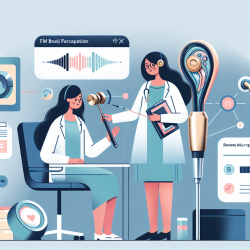Introduction to Femtosecond Filament Laser Ablation
In the realm of advanced materials processing, the study titled "Formation of Nano- and Micro-Scale Surface Features Induced by Long-Range Femtosecond Filament Laser Ablation" offers groundbreaking insights. This research delves into the potential of femtosecond lasers in creating intricate surface textures that can be leveraged for various applications, including biomimetic laser surface engineering and remote sensing.
Understanding the Research Findings
The study explores the interaction between femtosecond-filament lasers and matter, focusing on the formation of laser-induced periodic surface structures (LIPSS). These structures, characterized by their nano- and micro-scale features, evolve with the number of laser pulses and the distance from the laser source. The research highlights the ability of femtosecond lasers to deliver energy over long distances with high precision, a trait particularly useful in remote-sensing applications.
Practical Applications for Practitioners
For practitioners in the field of speech language pathology, the implications of this research are profound. The precision and control offered by femtosecond lasers can be harnessed to develop new therapeutic tools and devices. Here are some ways practitioners can integrate these findings into their practice:
- Innovative Therapy Tools: Utilize laser-induced surface textures to create tactile tools that enhance sensory feedback during therapy sessions.
- Customized Equipment: Develop bespoke therapeutic devices with surface features tailored to specific therapeutic needs, improving engagement and outcomes for children.
- Remote Sensing Applications: Explore the potential of remote sensing technologies to monitor therapy progress and adjust interventions in real-time.
Encouraging Further Research
While the current study provides a solid foundation, further research is encouraged to explore the full potential of femtosecond lasers in therapeutic settings. Practitioners can collaborate with researchers to identify new applications and refine existing technologies, ensuring that therapy remains at the cutting edge of innovation.
Conclusion
The study on femtosecond filament laser ablation opens up new avenues for enhancing therapeutic practices. By understanding and applying these findings, practitioners can significantly improve outcomes for children, ensuring that therapy is both effective and engaging.
To read the original research paper, please follow this link: Formation of Nano- and Micro-Scale Surface Features Induced by Long-Range Femtosecond Filament Laser Ablation.










